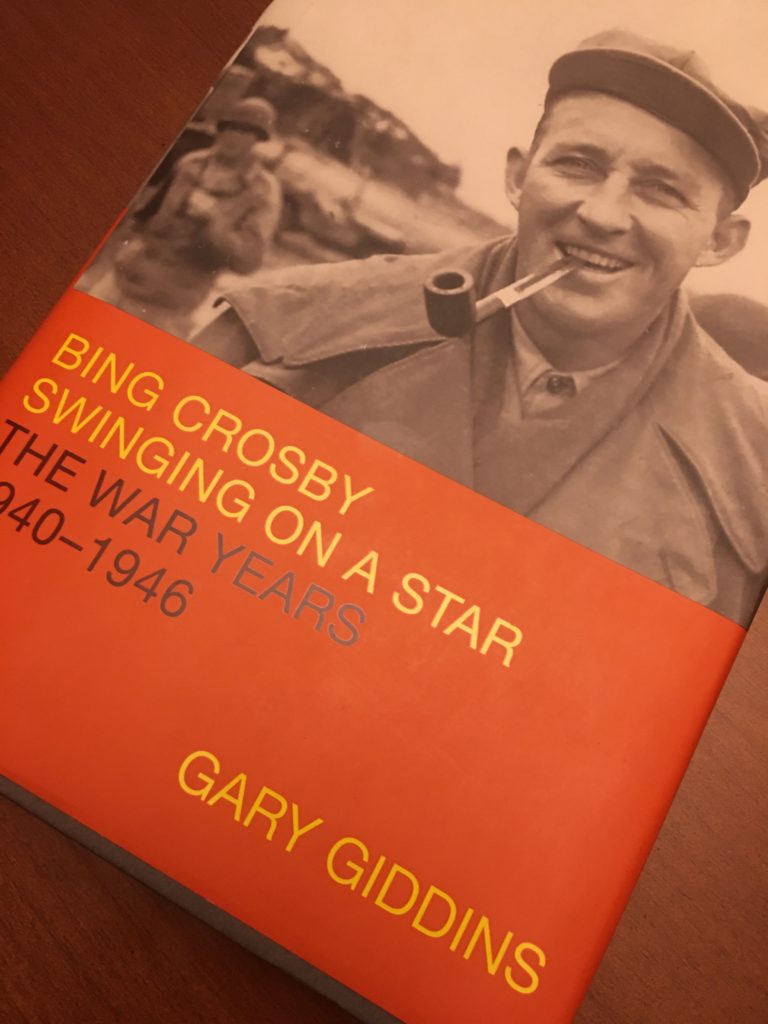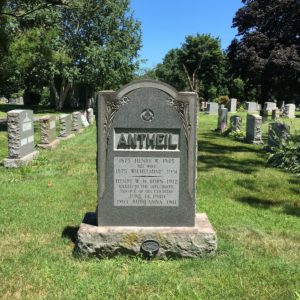Cyler Conrad writes about Dutch archaeologist Hendrik Robert van Heekeren, who after being captured by the Japanese during World War II, managed to collect prehistoric artifacts while a prisoner-of-war forced to work on the infamous Bridge on the River Kwai in Thailand: An Archaeologist on the Railroad of Death.
van Heekeren was born in Java in 1902 and became interested in archaeology while working on a tobacco plantation.
Through financing his own research and fieldwork, van Heekeren significantly contributed to the study of ancient Indonesia prior to the outbreak of the war. But, like many of his Dutch compatriots, he was captured after the Japanese invaded Java in 1942. By February 1943, he was forced to work on the Railroad of Death.
Cyler Conrad, Sapiens, May 5, 2021
The New York Times also wrote about the bridge and the archaeologist in 1972: The Kwai Bridge: The Reel and the Real
Dr. van Heekeren was working among stones dredged up from the Kwai for use in the construction of the bridge’s foundation when his experienced eye picked out an object that he immediately recognized as a Stone Age artifact. From that day until the day he was freed, he continued to find, and hide from his captors, numerous other artifacts. When he returned to the Netherlands after the war, he wrote a book about his discoveries in Thailand’s Kanchanaburi Province
Alvin Smith, The New York Times, December 17, 1972
van Heekeren’ books include The Stone Age of Indonesia (1957) and The Bronze-Iron Age of Indonesia (1958). He died in 1974.






